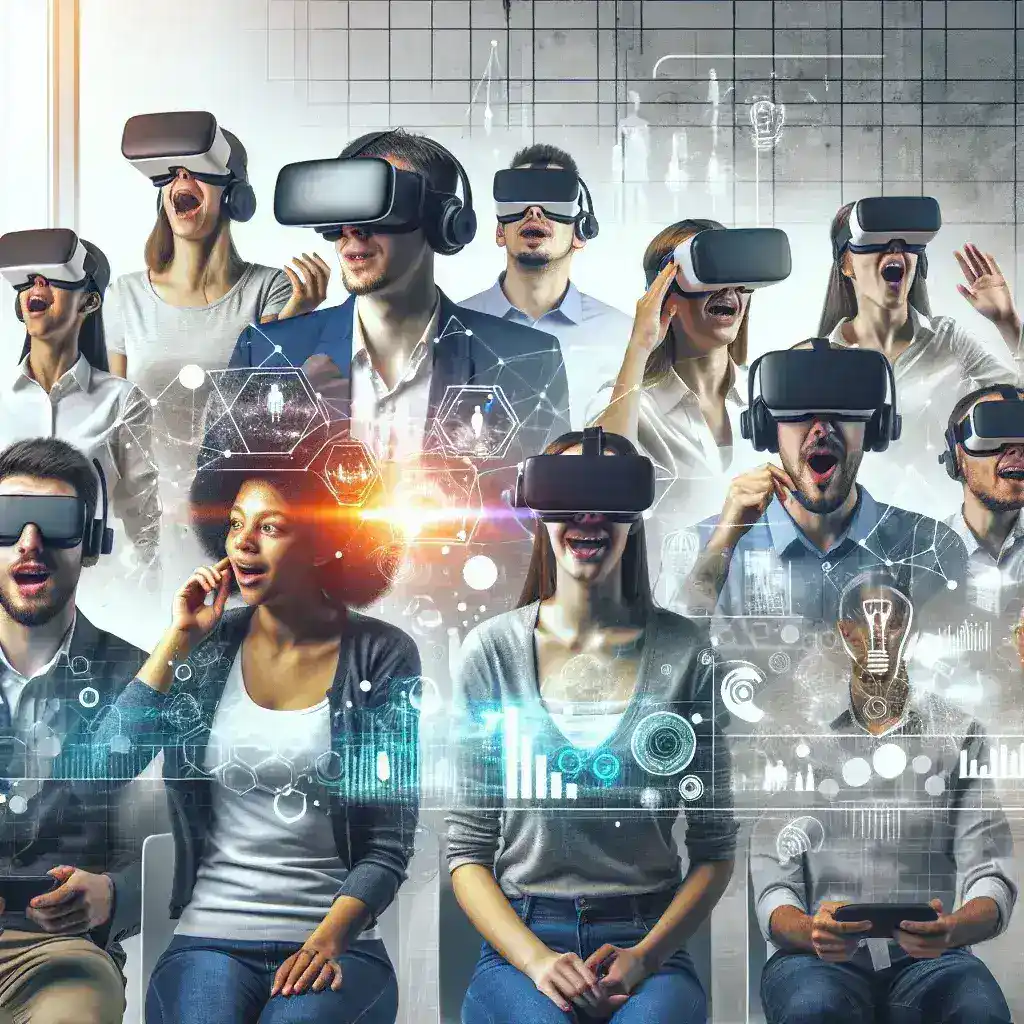Introduction
In an era where technology is rapidly transforming the workplace, Meta has taken a significant step forward by incorporating workplace well-being metrics into its enterprise virtual reality (VR) tools. This innovative development aims to create a more supportive and health-conscious work environment, fostering not only productivity but also employee satisfaction. In this article, we will delve into the details of this integration, exploring its implications for businesses and employees alike.
The Evolution of Workplace Well-Being
Historically, workplace well-being has been a topic of growing importance. As organizations recognize the link between employee well-being and productivity, many have begun to invest in tools and resources that promote mental health, physical wellness, and overall job satisfaction. With the advent of remote work and digital collaboration, the need for innovative solutions has become more pressing than ever.
Understanding the Role of VR in Workplace Well-Being
Virtual reality has emerged as a powerful tool that offers immersive experiences for training, collaboration, and even socialization within the workplace. Meta, a leader in VR technology, has recognized the potential of VR to create engaging and interactive platforms that promote well-being.
Key Features of Meta’s New Well-Being Metrics
Meta’s new enterprise VR tools come equipped with features designed to assess and enhance workplace well-being:
- Real-Time Analytics: The tools provide real-time data on employee engagement and mood, helping managers identify areas of concern.
- Customized Virtual Environments: Employees can choose from various virtual settings that promote relaxation or focus, depending on their needs.
- Interactive Wellness Programs: Meta offers interactive programs within the VR space that encourage mindfulness, stress relief, and physical activity.
Why Workplace Well-Being Metrics Matter
Integrating workplace well-being metrics into daily operations is crucial for several reasons:
1. Enhancing Employee Engagement
By actively measuring and promoting well-being, organizations can foster a culture of engagement. Employees are more likely to contribute positively to their teams when they feel supported and valued.
2. Reducing Burnout
Burnout is a growing concern in today’s fast-paced work environment. By monitoring well-being metrics, companies can proactively address signs of burnout, implementing strategies to alleviate stress before it escalates.
3. Improving Retention Rates
Organizations that prioritize employee well-being often see higher retention rates. When employees feel their health and happiness are valued, they are more likely to stay with the company long-term.
Implementation of Meta’s VR Tools
For organizations looking to implement Meta’s enterprise VR tools, the process involves several steps:
Step 1: Needs Assessment
Conduct a thorough assessment of your organization’s specific well-being needs. What challenges are employees facing? What metrics will be most beneficial?
Step 2: Training and Onboarding
Ensure that employees are trained to use the VR tools effectively. This includes familiarizing them with the features and benefits of the well-being metrics.
Step 3: Continuous Evaluation
Regularly evaluate the effectiveness of the tools. Gather feedback from employees to make necessary adjustments and improvements.
Future Predictions for Workplace Well-Being in VR
As Meta continues to innovate, the future of workplace well-being in VR appears promising. Here are some predictions:
- Increased Personalization: Future VR tools will likely offer even more personalized well-being solutions tailored to individual employee needs.
- Integration with Other Technologies: We can expect to see VR well-being metrics integrated with AI and machine learning, providing more precise insights.
- Broader Adoption Across Industries: As more organizations recognize the importance of employee well-being, VR tools will become standard across various sectors.
Pros and Cons of Using VR for Workplace Well-Being
Pros
- Immersive Experience: VR provides an engaging, interactive way to promote well-being.
- Accessibility: Employees can access well-being programs from anywhere, facilitating remote work.
- Comprehensive Data Collection: Real-time metrics help organizations identify trends and areas for improvement.
Cons
- Technical Barriers: Not all employees may be comfortable using VR technology.
- Cost Considerations: Implementing VR tools can require significant investment upfront.
- Potential Isolation: Heavy reliance on technology might lead to feelings of isolation if not balanced with in-person interactions.
Conclusion
The integration of workplace well-being metrics into Meta’s enterprise VR tools marks a significant advancement in how organizations can support their employees. By prioritizing mental health and well-being through technology, companies not only enhance productivity but also foster a healthier, more engaged workforce. As this trend continues, the future of work is poised to be more inclusive, supportive, and aligned with the needs of employees.

